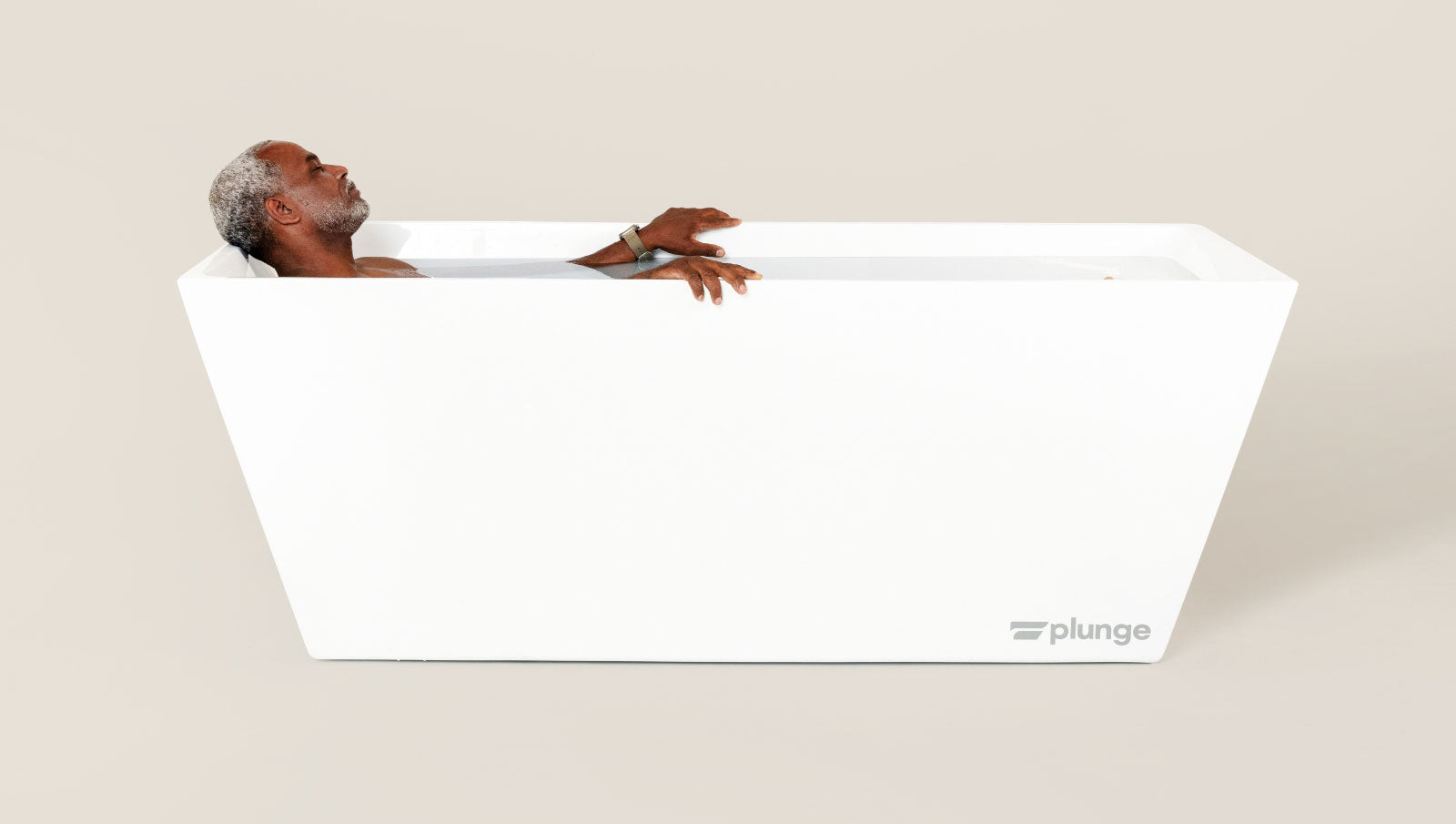Exploring the Heart-Healthy Benefits of Cold Exposure

Introduction
In recent years, the concept of cold exposure has gained a lot of attention for its potential health benefits, particularly concerning cardiovascular health. While subjecting oneself to cold temperatures might seem daunting, research suggests that controlled exposure to cold, such as through cold plunges or ice baths, could offer a myriad of advantages for the heart and overall well-being. In this article, we delve into the science behind cold exposure and its positive effects on heart health and the various time recommendations appropriate for a cold plunge or ice bath.
Understanding Cold Exposure and Heart Health
Cold exposure, whether through immersion in cold water or exposure to cold air, triggers a series of physiological responses in the body. One of the primary reactions is vasoconstriction, where blood vessels constrict to conserve heat and maintain core body temperature. This process activates the sympathetic nervous system, also known as the “fight or flight” response, leading to increased heart rate and blood pressure.
While these acute responses seem concerning, they stimulate beneficial adaptations in the cardiovascular system over time. Regular exposure to cold has been shown to improve vascular function, enhance circulation, and strengthen the cardiovascular system. These adaptations contribute to better overall heart health and reduce the risk of cardiovascular diseases such as hypertension, atherosclerosis, and heart attacks.
Benefits of Cold Plunges or Ice Baths for Heart Health
Cold plunge or ice bath, a form of cold exposure where individuals immerse themselves in icy water for a short duration, offers unique benefits for heart health. The sudden cold shock experienced during immersion triggers a robust physiological response that can profoundly affect the cardiovascular system.
One of the key benefits is the stimulation of the circulatory system. As the body is exposed to cold water, blood vessels constrict, diverting blood flow away from the extremities towards vital organs like the heart. This temporary redirection of blood flow helps improve circulation and enhances the efficiency of the cardiovascular system.
Moreover, cold plunges and ice baths have been shown to promote the release of endorphins and other neurotransmitters, leading to a sense of euphoria and reduced stress levels. Chronic stress is a serious risk factor for heart disease, and by helping individuals manage stress more effectively, cold exposure can indirectly benefit heart health.
Recommended Cold Plunge or Ice Bath Times
Determining the optimal duration for your cold plunge or ice bath depends on various factors, including individual tolerance, experience level, and overall health status. However, experts generally recommend starting with shorter durations and gradually increasing exposure over time to allow the body to adapt safely.
For beginners, starting with brief exposures of around 1-3 minutes in a temperature range of 50-59 degrees is advisable. This allows the body to experience the benefits of cold exposure without overstressing the cardiovascular system. As individuals become more accustomed to the cold, they can gradually extend their immersion time, aiming for 5-10 minutes or longer for maximum benefits.
It’s essential to listen to your body during cold plunge sessions and be mindful of signs of discomfort or distress. If you experience excessive shivering, numbness, or dizziness, it’s crucial to exit the cold water immediately and warm up gradually.
Conclusion
In conclusion, cold exposure, particularly through methods like cold plunges or ice baths, can significantly benefit heart health. Cold exposure helps fortify the cardiovascular system and reduce the risk of heart disease by stimulating circulation, reducing inflammation, and improving stress resilience. However, it’s essential to approach cold exposure gradually and safely, starting with shorter durations and progressively increasing exposure over time. Incorporating cold plunges or ice baths into a comprehensive health and wellness routine may provide a natural and effective means of supporting heart health and overall well-being.
References
- Peiffer JJ, Abbiss CR. Influence of Cold-Water Immersion on Limb and Cutaneous Blood Flow after Exercise. Sports Med. 2018;48(2):437-452. doi:10.1007/s40279-017-0800-8
- Shevchuk NA. Adapted cold shower as a potential treatment for depression. Med Hypotheses. 2008;70(5):995-1001. doi:10.1016/j.mehy.2007.04.052
- Tipton MJ, Collier N, Massey H, Corbett J, Harper M. Cold water immersion: kill or cure? Exp Physiol. 2017;102(11):1335-1355. doi:10.1113/EP086283






